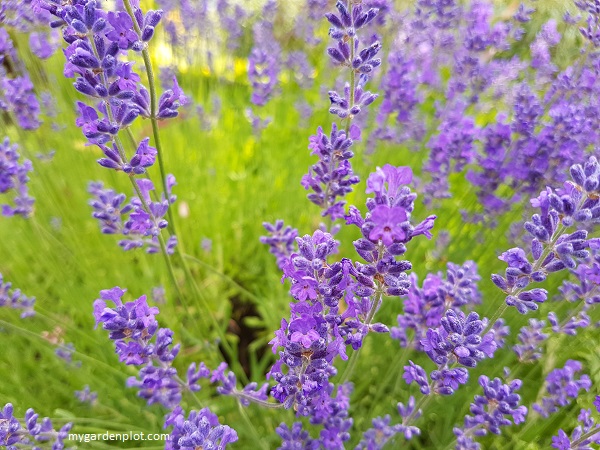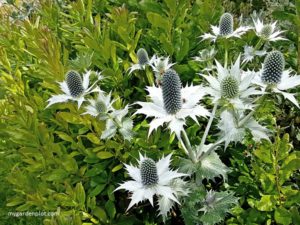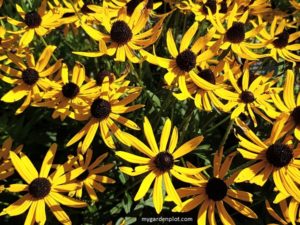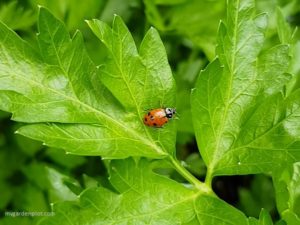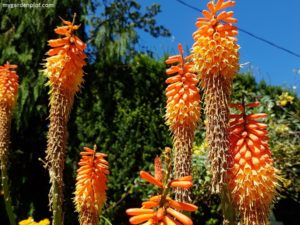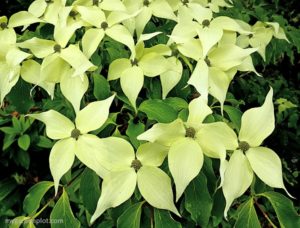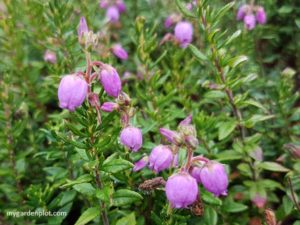Lavandula: Learn Where To Plant, How To Care, Grow And Prune Lavender Plants
Lavandula, more commonly known as lavender, is famous for its fragrant flowers and foliage. Like rosemary, a brush against the foliage is enough to release the lavender scent. It is long-blooming, and their purple, blueish and sometimes pinkish-white flowers, contrasting against the dark green or greenish-gray foliage, never fail to impress in a summer garden. Below are tips on where to plant a lavender shrub, and how best to grow, care and prune lavender at the end of the season.
This evergreen shrub is native from the Mediterranean region, northern Africa and western Asia. Lavender has a reputation for being short-lived as it generally needs to be replaced every six to eight years – however, some have lived to 20 years or so. It is an easy-care, low maintenance plant that is drought tolerant and deer resistant. The English lavender almost thrives from gentle neglect. However, the French or Spanish lavender is not as hardy as the English lavender and does need to be placed in a protected frost-free site during winter. The versatile lavender grows well in containers, flower beds or in a edible garden.
Deer And Pest Deterrent
Lavender is not only deer resistant but likely not to be troubled by any insects or disease problems. It repels codling moth, ticks, fleas, whitefly and mosquitoes. Additionally, it is a bee-magnet and a significant draw for beneficial insects in a garden.
Lavender’s Many Uses
Lavender is one of the oldest herbal plants on a gardener’s favoured-list. It is valued for its defining ornamental presence and delightfully aromatic lure in a summer garden. But it is more than just a beautiful scented plant, it is a ‘honey plant’ that is important to various types of bees, and a must in any pollinator-friendly garden. Its popular fragrance is used in lotions and soaps, dried for potpourri, and distilled into lavender oil.
It is also a culinary herb and medicinal plant that has been used for centuries for its relaxing properties. It is also recognized for its antiseptic and antibacterial actions. The flowers are edible, too, with a mild peppery flavour. A few lavender sprigs add a lovely taste to any roast – use sparingly as it can be overpowering. And can even be used as a flavouring in ice-cream, cakes and cookies.
See more information below about cutting lavender for drying.
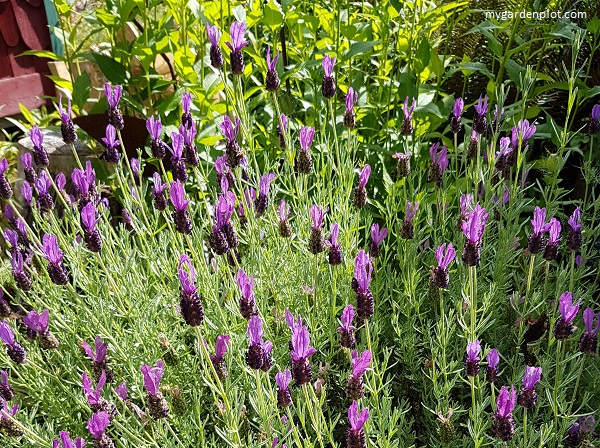
Lavender At A Glance
Type: Evergreen
Location: Full sun
Blooming season: May-August
Height: varies by type – up to 1.2 metres (4 ft) and equal spread
When To Prune: Spring / Late Summer (see trimming details below)
Plant Hardiness Zones: 5, 6, 7, 8, 9
Where To Plant, And How Grow And Care For Lavender
Lavender thrives in full sun and well-drained soil. But can tolerate some shade. The best time to plant your new lavender is in spring. Nothing is more critical for your lavender in the Pacific Northwest than drainage – boggy and waterlogged gardens will kill your lavender by the end of the season. It can survive the rainy season so long as drainage is good. When planting new young lavender plants, I add a little balanced bone meal granules.
They can tolerate most soil types but best in ordinary soil – fertile or acidic soil or even poor conditions may be tolerated but may hinder its growth or scent strength. Don’t add high-nitrogen fertilizer. Besides adding a small amount of balanced bone meal when planting, I give our lavender very little fertilizer. Usually, topping up with compost early spring once a year is just about all it needs. Once established, your lavender will prove itself as being drought resistant, though it would thrive with a regular water once or twice a week.
Lavender used in container gardening need to receive regular watering, especially during hot summer weather. To not allow your potted lavender to dry out.
Cool Tip For Keeping Lavender Plants Healthy
Often you will read that lavender can just be planted in a sunny site and left alone. Now, while lavender is easy-care, low maintenance aromatic herb plant, it does need to be placed in the right location and planted correctly. It dislikes hot and dry conditions, or hot and humid conditions. The misconception lies in that lavender likes hot weather due to where they come from. They want the sun but not intense heat. A sunny, cool summer is ideal.
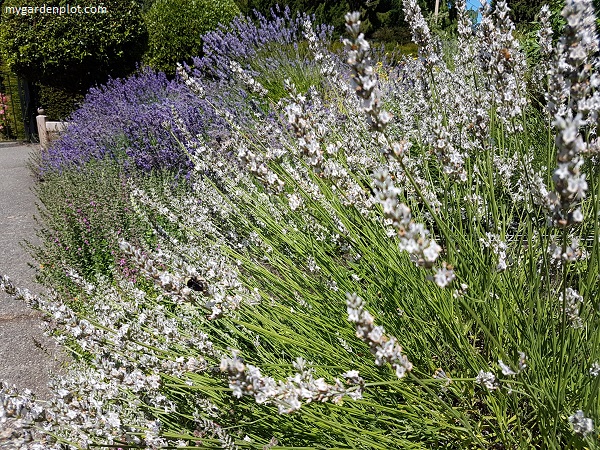
How To Prune Lavender
In late summer or early autumn, a light trim removing the old flower stems as blooms fade will keep it tidy – trim the flower stems about 5 cm (2 inches) above the leafy growth on the same stem. But don’t cut back to thick old, woody stems, as lavender will struggle to bounce back. Similar method as pruning heather and heath plants. An overall trim will lead to healthy new stems next spring.
If your lavender was not trimmed in the previous autumn which is the ideal time, then a light trim will be needed in spring. Only light pruning is needed to promote flowering and to keep your lavender shrub compact. Pruning done in spring can encourage a healthy habit with new shoots coming from the base. Cut out any weak or damaged stems and trim back to about half its length. This will encourage bushy habit with more vigorous shoots.
Eventually, your older lavender may become too woody and straggly, and at that point, it will need to be replaced. Cutting back to old bare wood will not promote new growth, unfortunately.
Tools Needed For Pruning Lavender
Below is the list of essential tools needed to prune a lavender. For the most part you will just be trimming your lavender to promote flowering and keep it bushy.
- Pruners – Bypass pruners are the most popular choice for gardeners and a must for removing spent flowers from your lavender.
- Hedging Shears – You will need a standard pair of shears for trimming the ends and keep the lavender plant compact and healthy.
BUYER’S GUIDE: How To Choose Garden Hand Pruners (Secateurs)
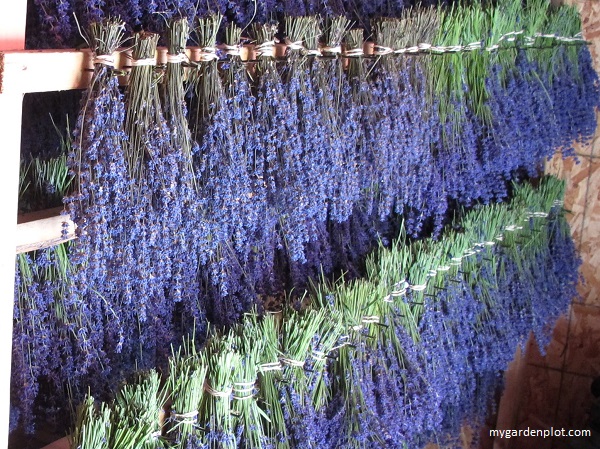
Drying Cut Lavender
By mid-summer, you can be thinking about cutting lavender for drying – excellent for potpourri or as dried flowers in a vase to bring in that summer lavender fragrance into your home.
Snip the long stalks with the lavender flowers. Hang these upside down by the long stalks in bunches in a cool and dry place. Ensure when the lavender bunches are drying that they are kept away from direct sunlight.
Can’t wait for your lavender flowers to fill your home with the fresh scent of lavender? Order your dried lavender bundles and flower buds here for any season.

